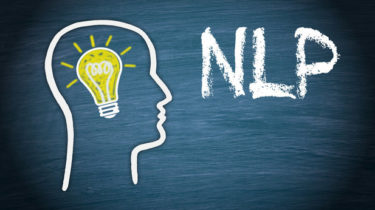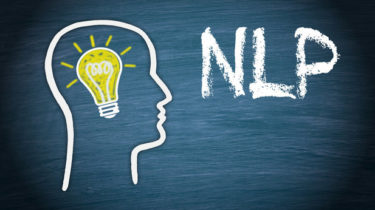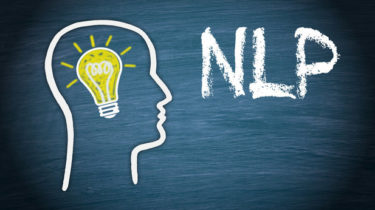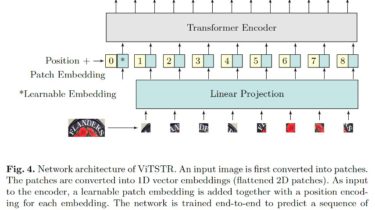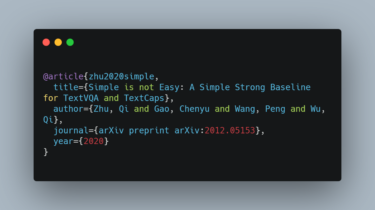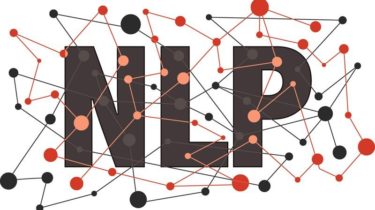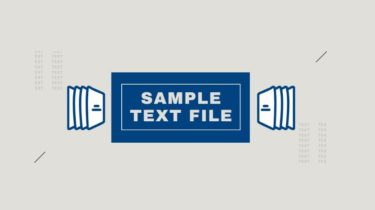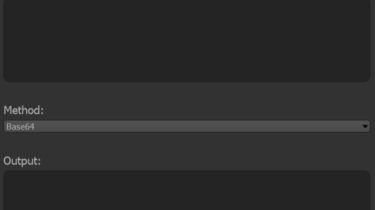Part 16 : Step by Step Guide to Master NLP – Topic Modelling using LSA
This article was published as a part of the Data Science Blogathon Introduction This article is part of an ongoing blog series on Natural Language Processing (NLP). In the previous article, we completed a basic technique of Topic Modeling named Non-Negative Matrix Factorization. So, In continuation of that part now we will start our discussion on another Topic modeling technique named Latent Semantic Analysis. So, In this article, we will deep dive into a Topic Modeling technique named Latent Semantic Analysis […]
Read more